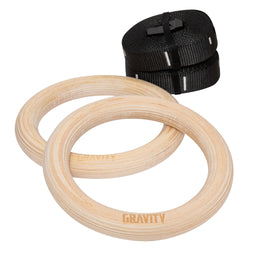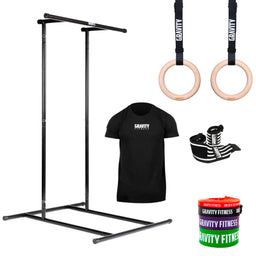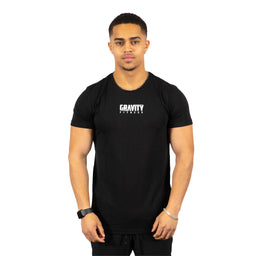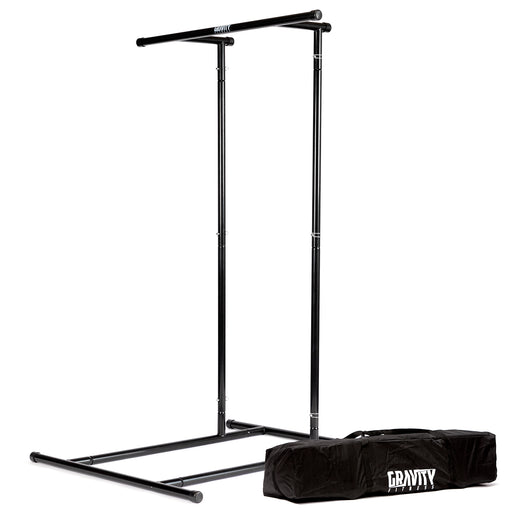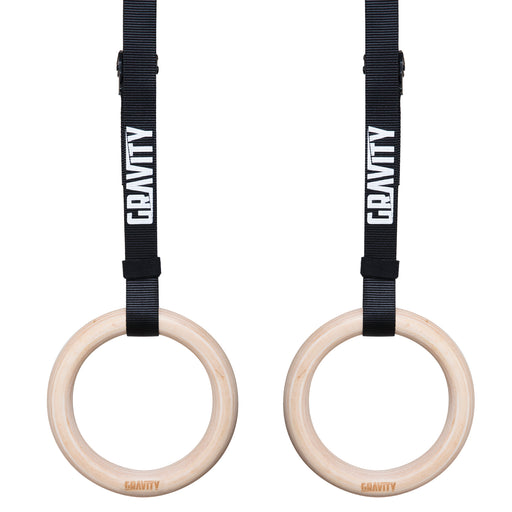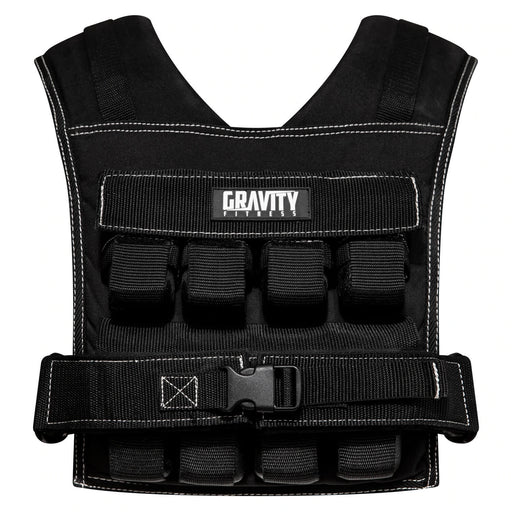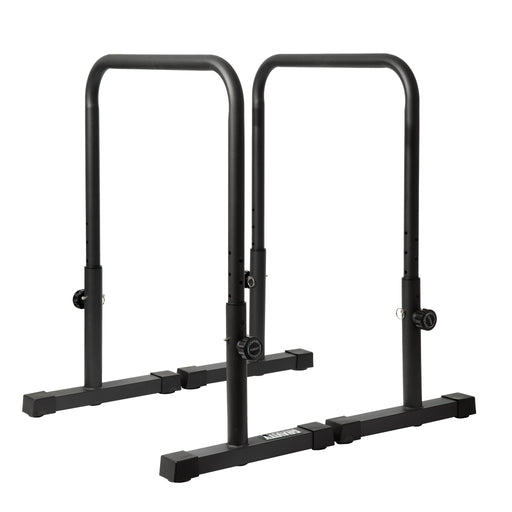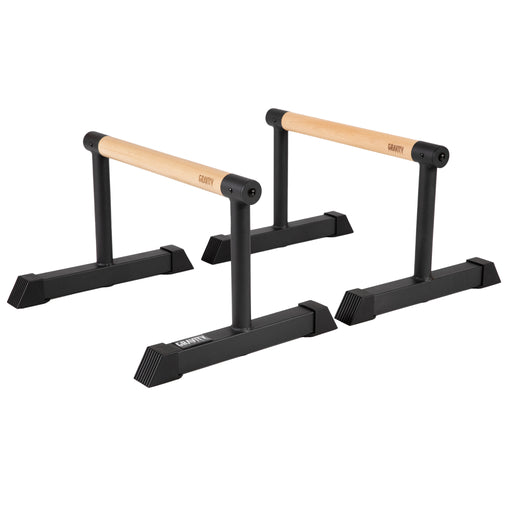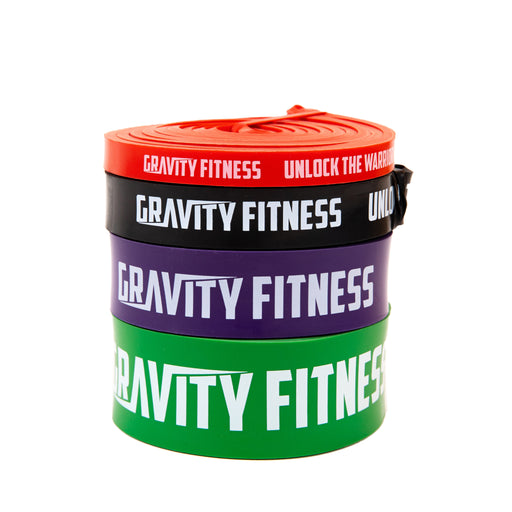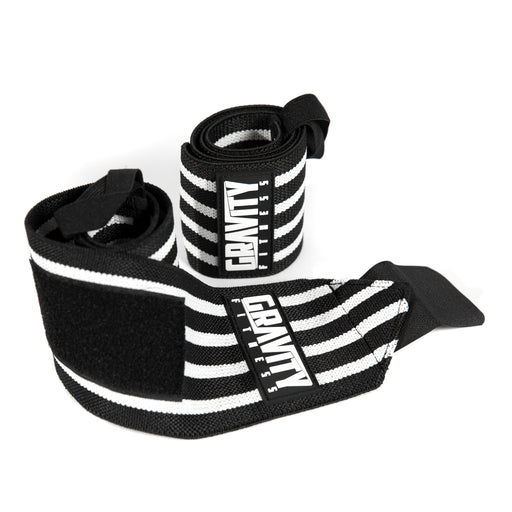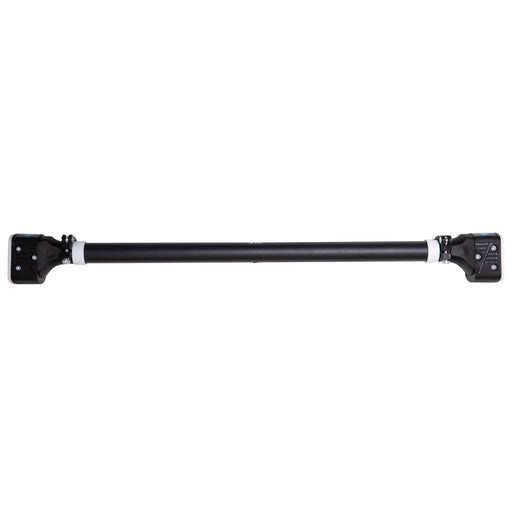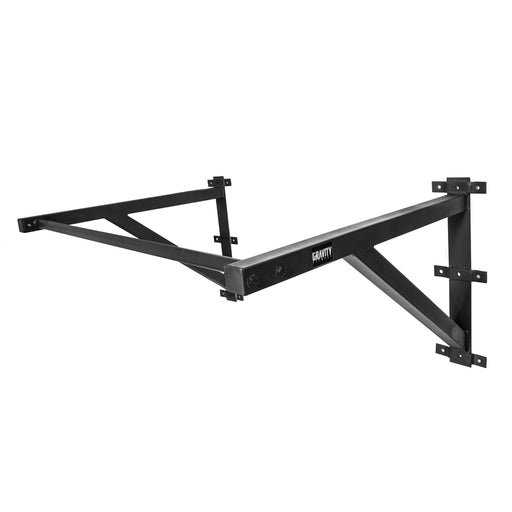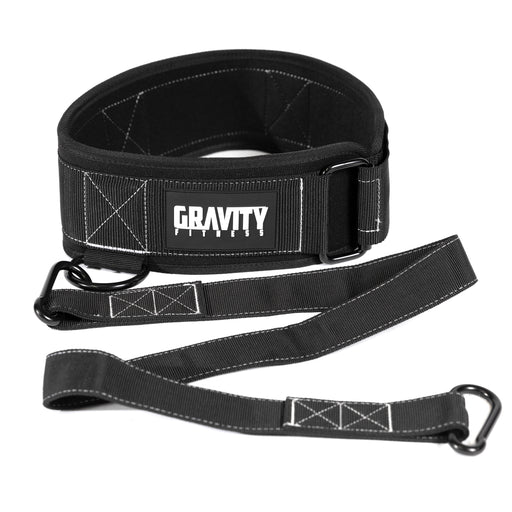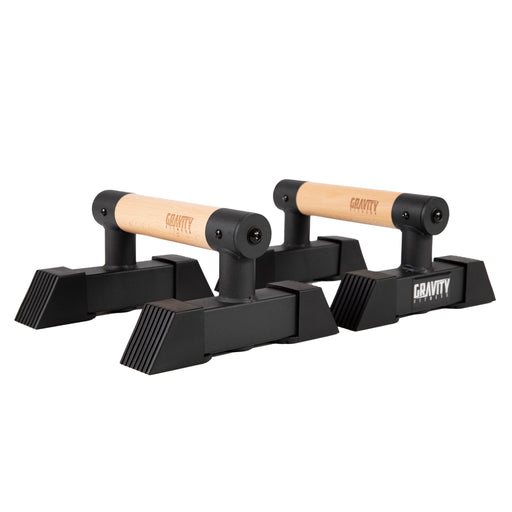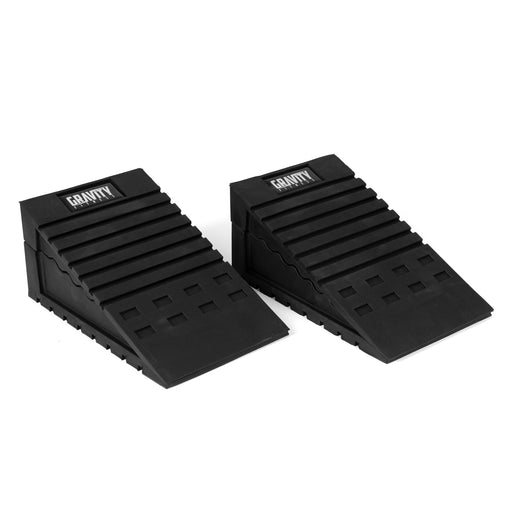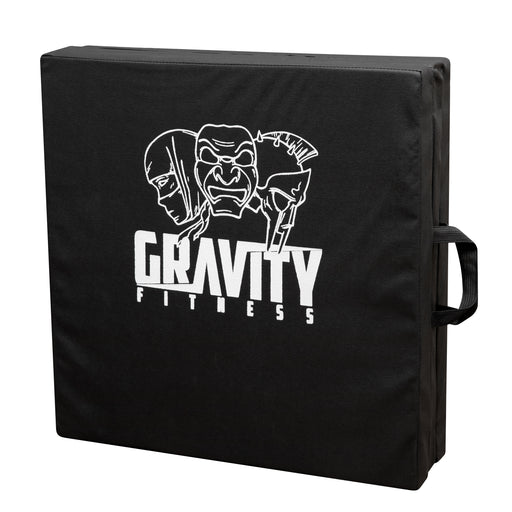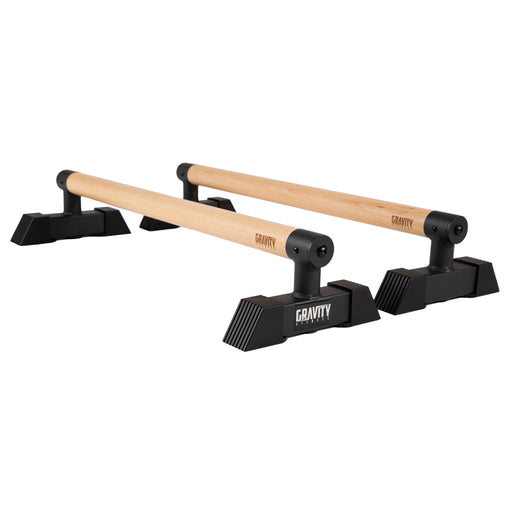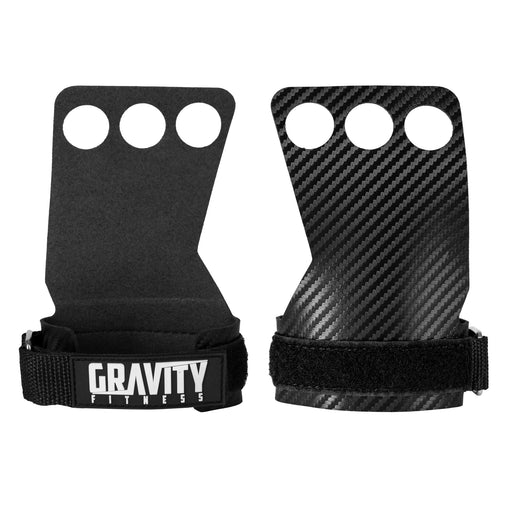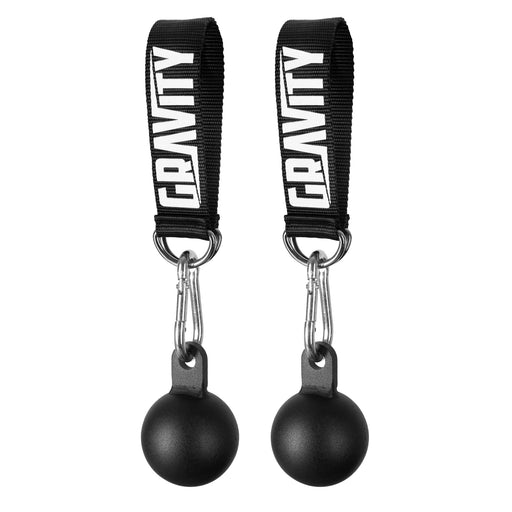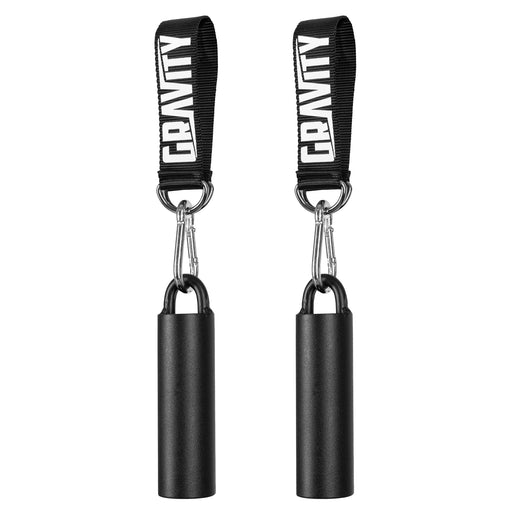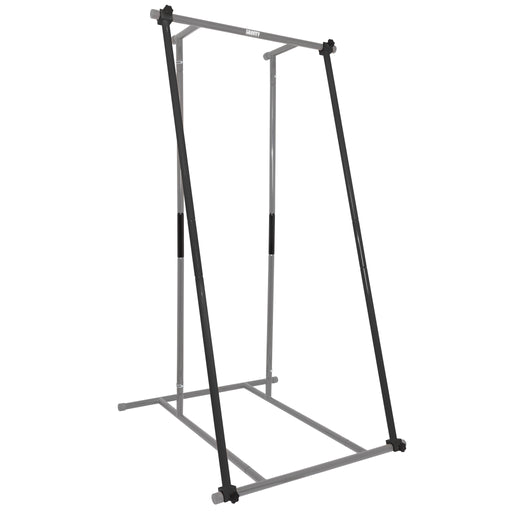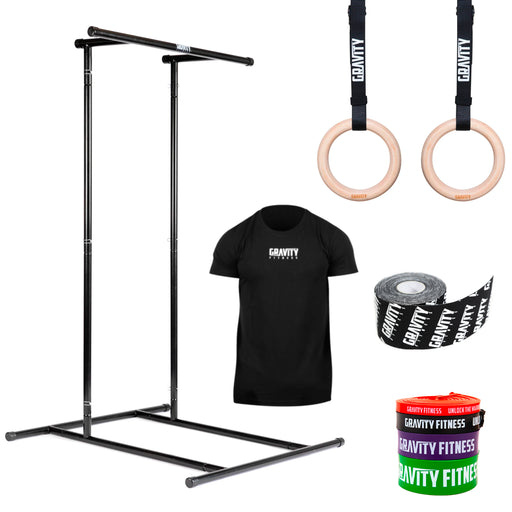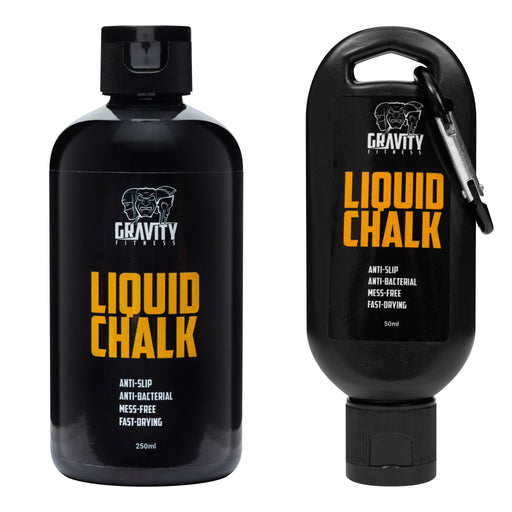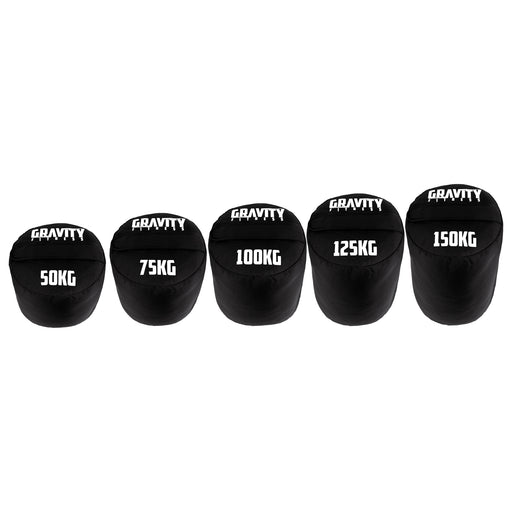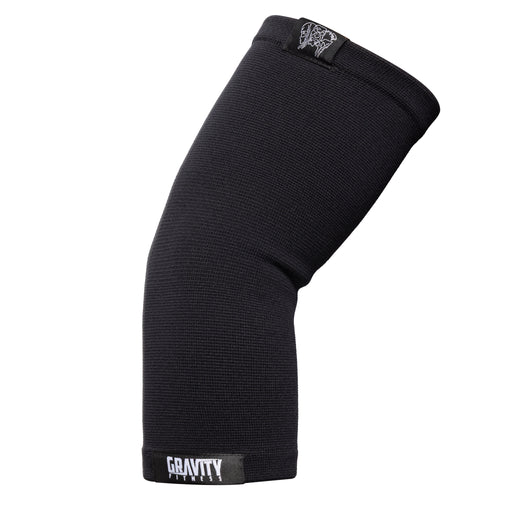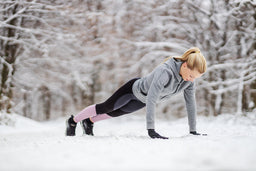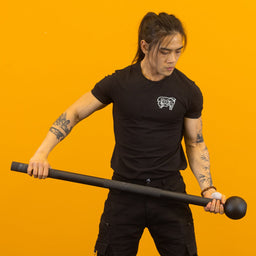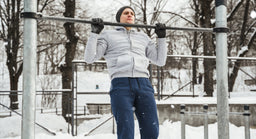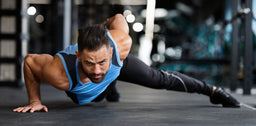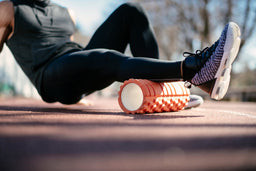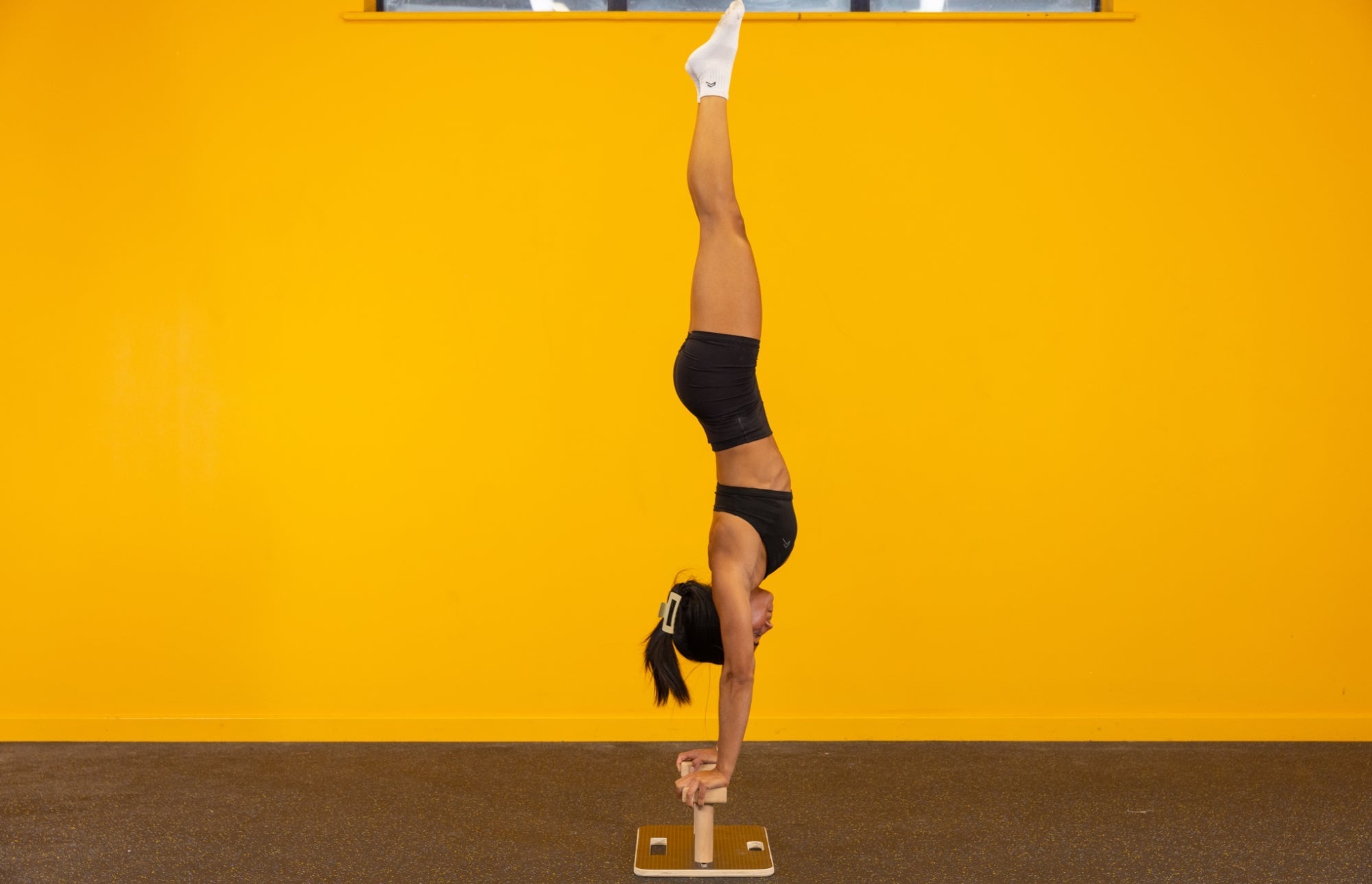
5 reasons to master the art of hand balances
Hand balances are a regular feature in calisthenics – and we’re not just talking about handstands. Hand balances form the foundation of many calisthenics movements, and are a test of strength, control, and body awareness. If you’re not already doing hand balances in training, here’s why you should start.
What is hand balancing?
Yes, hand balances include handstands. But there’s so much more to explore. Handstands alone includes several variations (think straight arm, straddle, and one-arm handstands). Then there are other hand balance movements like elbow levers and planche.
That’s why hand balances aren't just an impressive party trick. Calisthenics athletes use basic hand balances as progressions for more complex movements.
What muscles do hand balances work?
Hand balancing is a full-body workout that mostly targets the shoulders, traps, and delts. But regular hand balancing will also work your core (including the deep stabilisers), forearms and wrists, chest and triceps, and even your hip flexors for maintaining tension.
The beauty of hand balancing is that it develops strength and stability, and can help you move on to more challenging movements if that’s your goal.
Benefits of training hand balances
Even if advanced calisthenics movements aren’t one of your fitness goals, it’s still well worth training hand balances. Strength, core stability, shoulder health, body awareness, and learning a new skill – what’s not to love!
· Body control - hand balancing develops proprioception (awareness of your body in space) like nothing else.
· Shoulder strength and stability – hand balances are great for your shoulder health, encouraging strength throughout the stabilising muscles.
· Core strength - the constant challenge of maintaining balance develops deep core strength that makes you a stronger athlete.
· Mental focus - hand balancing requires concentration, making it almost like meditation in movement.
· Progression pathway - these exercises open doors to advanced calisthenics movements and bodyweight skills.
How to find hand balances for your level
Hand balancing skills naturally feed into other calisthenics movements in terms of strength, confidence, balance, and stability. Wall handstands can help you get freestanding handstands. Freestanding handstands are part of the route to handstand push-ups. If you want to take it right back to the beginning, you can practice diamond push ups, frog stand, and pike push ups before doing kick ups to the wall for your first wall handstand.
How to get started with hand balances
The beauty of hand balances is that you can start small. There’s no need to master freestanding handstands right away. The two best ways to get started with basic hand balances are wall exercises and handstand canes.
Using the wall allows you to hold chest-to-wall handstands and play around with moving one or both feet away from the wall, to get a feel for balancing without support.
Handstand canes can be a game-changer as you move away from the wall. They reduce wrist strain and allow for greater range of motion in pressing movements.
Whenever you add hand balance work into your session, be sure to spend time warming up your wrists and forearms, shoulders and core before getting into the movements.
Best ways to progress your hand balances
Consist short sessions – hand balances aren’t something you can spend hours on. Consistency beats volume hands down (excuse the pun). Practice hand balances and drills 2-4 times a week but keep sessions to 15 minutes max.
Film yourself – if you haven’t hand balanced since you were a child, it might be hard to know if you’re doing it right. Record yourself so you can spot errors and see where you’re getting it right.
Get professional advice – support, advice, feedback and training plans from an experienced coach will help you master hand balances more quickly.
Join a community – connecting with other calisthenics fans can give you the advice, encouragement, and feedback you need. If you can’t find one in the gym, join the Gravity Fitness family! Our app includes coaching and community support.
Try this hand balance workout for calisthenics
Speaking of our app, here’s a hand balance focused workout taken straight from the skills section. If you want to know more, check it out here.
1. Hand positioning – familiarise yourself with good hand positioning for hand stands: shoulder width or slightly wider, fingers slightly bent, rocking your weight between fingers and heel of your hand.
2. Pike push ups – 3 sets, 6 reps (60 seconds rest)
3. Wall walks – wall up the wall until your stomach is against the wall. 5 sets, 2 reps (80 seconds rest)
4. Wall handstand – kick up to the wall. 5 sets, 12 seconds hold (60 seconds rest)
5. Advanced frog sand – 3 sets, 1 rep (12 seconds rest)
6. Diamond push ups – 3 sets, 1 rep (12 seconds rest)
Calisthenics equipment for hand balances
Ready to start your hand balancing journey? Check out our range for the best hand balance equipment for your workouts.
